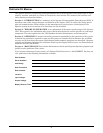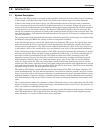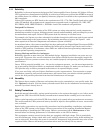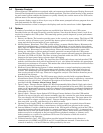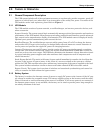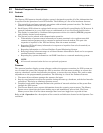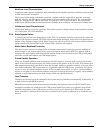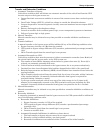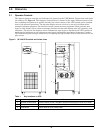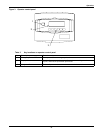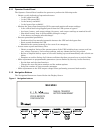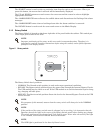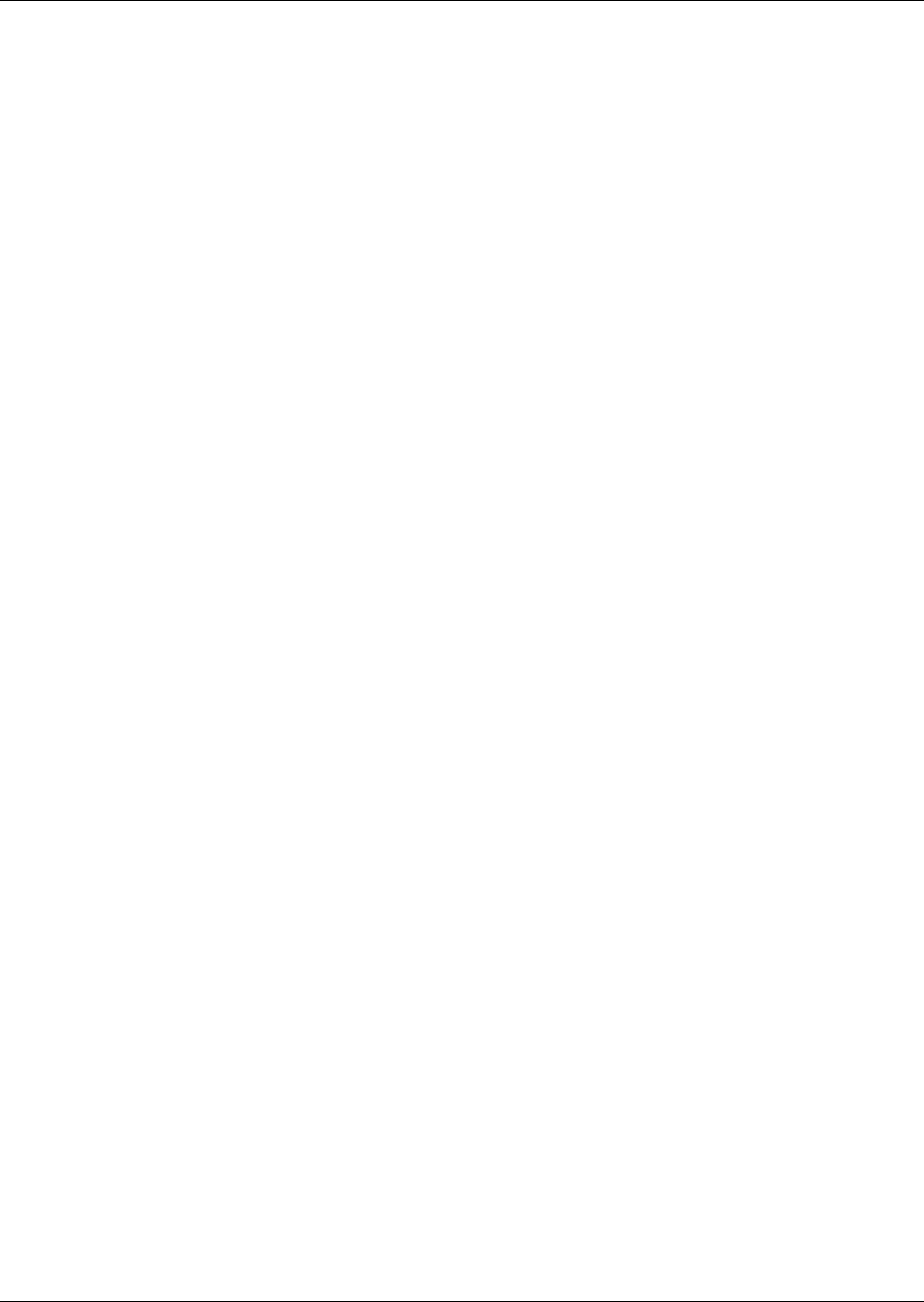
Theory of Operation
10
2.2.2 Rectifier/Charger
The UPS module rectifier/charger consists of input fuses, AC current-limiting circuit, battery equalize
charge circuit, DC filter, battery charge-current-limiting circuit, and bridge rectifiers.
Operation
The rectifier/charger converts the AC input power to DC power. This conversion is accomplished by 3-
phase bridge rectifiers using SCRs. All phases are individually fused. For all modules, reflected input
current THD is less than 30% at full load (which may be reduced to less than 10% with optional fil-
ter).
The filtered output of the rectifier/charger provides regulated DC power to drive the inverter and
charge the battery.
Input
The input is sized to allow enough current to recharge the battery and supply a full-rated load at the
same time.
Input Current Limit
AC input current sensing transformers (CTs) are used to measure current levels. Control circuitry
monitors the CTs and restricts the AC current to less than 125% of the full input current rating by
reducing the battery charging voltage. This current limit is adjustable from 100 to 125% of the system
capacity measured in AMPS, with the default setting at 125% (maximum AMPS). An external dry
contact closure (field supplied) activates a reduced second level of the battery charge current limiting
circuit for use with a back-up generator.
Input Current Limit, Second Level
A second level of input current limit is initiated by an external contact closure (field supplied for use
with back-up generator), and is adjustable from 85 to 100% (factory set at 100%).
During a rectifier re-start following battery discharge, the current slowly ramps up (walks-in) from
20% of the rated input current to 100% over a 15 to 20 second period. The maximum rate of change of
the AC input current is 15% per second. The input current walk-in reduces the start-up surge distor-
tion effects on all other equipment connected to the same source and prolongs the service life of inter-
nal components.
Input Current Inrush
The maximum sub-cycle of inrush current is typically less than 6-8 times normal.
Input Power Factor
The rated input power factor is no less than 0.80 lagging at the nominal input voltage and the full
rated UPS load. The optional input filter will improve the power factor to better than 0.92 lagging at
full load. Refer to drawings for your specific model.
2.2.3 Battery Charging Circuit
The UPS module charging circuit is capable of recharging the battery plant to 95% of full capacity
within 10 times the discharge time. Recharging the last 5% takes longer because of characteristics
inherent in the battery. DC ripple voltage is limited to 0.5% RMS to preserve battery life during long-
term float charging while the UPS system is operating on utility source power.
Operation After Discharge
When commercial power is interrupted, the battery continues to supply DC power to the inverter
without interruption to the critical load. If the AC source power is restored before the battery has
fully discharged, the rectifier automatically restarts and resumes carrying the inverter and battery
recharge load requirements.



